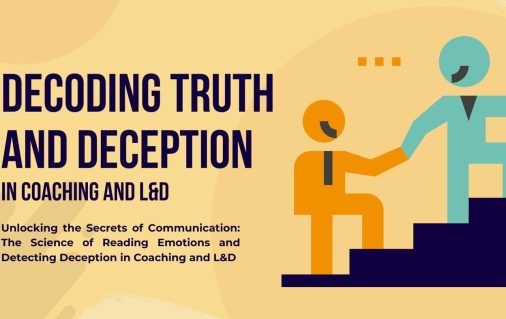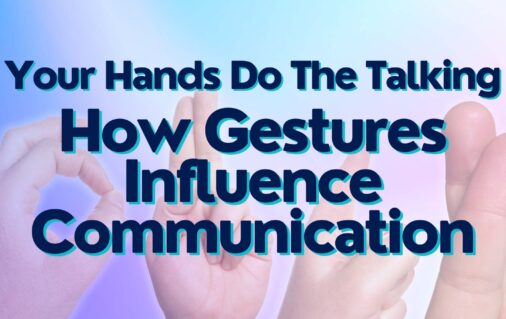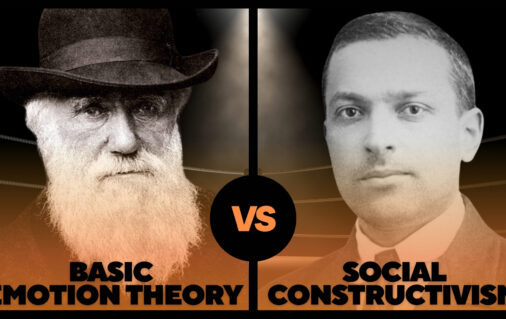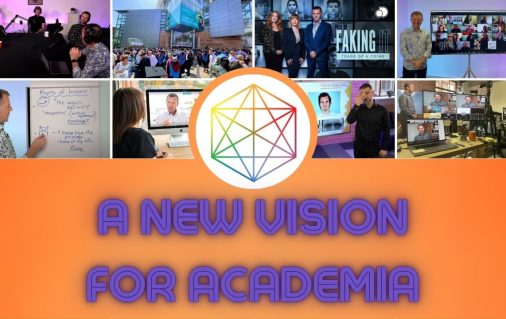What are the Universal Facial Expressions?
The Seven universal facial expressions:
Fear, Sadness, Happiness, Disgust, Anger, Contempt and Surprise
These Facial expressions can be present in various levels of intensity, making them anywhere between looking very obvious or extremely subtle.
Another important factor to consider when looking at facial expressions is to notice the onset the apex and the offset of the facial expression. The onset is when the facial expression is starting or growing to reach its full intensity. The apex refers to when the facial expression has reached that full intensity, this doesn’t necessarily mean that it is a very intense expression but only that it has become as intense as it will be. The offset refers to the facial expression reducing and the face moving back to a neutral expression. It is always interesting to notice these especially when the onset or offset seems inconsistent or ‘off‘.
For example, if someone suddenly shows a very intense sadness expression and then it disappears very quickly and the face is back to neutral, this could signal that the facial expression is fake, or that something is being suppressed or masked.
Suppressing emotional responses during deception is extremely difficult, and these facial expressions can sometimes ‘leak’ in the form of micro expressions. Micro expressions are emotional facial expressions that last less than 500 milliseconds and are practically uncontrollable (Ekman and Friesen, 1974). Micro expressions can be identified by individuals who have received training or by recording the person and reviewing the video at a slower pace. Micro expressions are unique in this way because they are very quick, and it takes a lot of training to be able to notice and read them with accuracy.
Every universal emotion has a universal trigger behind it; the reason that the emotion has arisen or a message that the emotion is trying to tell you or tell others who see this facial expression. In understanding the universal triggers behind each facial expression, you can learn to respect the messages that the emotion is conveying (e.g., anger may be signaling a violation of boundaries and once identified, you can act accordingly).
The triggers for each emotion are as follows:
Fear: The universal trigger for fear is a perceived threat. It’s important to note that a perceived threat may not be an actual threat. This distinction is especially valuable in social interactions where someone may perceive a threat to their professional image or reputation. Some examples of things that may cause fear could be fear of your lie being discovered, fear of the truth being disbelieved, or even just imagining or remembering a scary event.
Sadness: The universal trigger for sadness is the loss of something that we value. This could be the loss of a loved one, the loss of a job or money. This could also be the loss of freedom which would apply in many different contexts. Or this can relate to the complex areas in social interactions like damage to one’s reputation.
Anger: The universal trigger for anger is obstruction. For example, this can be being physically blocked or someone preventing you from moving towards a goal. Or this could be a social, professional, or academic goal that is blocked by something or someone. Often the violation of boundaries can also be related to anger, as violated boundaries usually relate to your ability to reach a goal.
Surprise: The universal trigger for surprise is a sudden or unexpected stimulus. For example, an unexpected interview question, noticing a sudden movement or sound, or a unanticipated situation.
Enjoyment: The universal trigger for happiness is a pleasurable stimulus; anything that causes or creates pleasure. For example, this could be something that creates sensory pleasure such as food or music or images. This could also be the happiness and pride your feel when a goal is achieved, for example, if your lie is believed and you’ve gotten away with your deception. Or it could be something like a test question that you prepared for and is therefore easy to answer.
Disgust: The universal trigger for disgust is an offensive stimulus. For example, this could be something physically offensive like the smell of rotting food or the appearance of decay. Offensive things like cursing or rude gestures can also trigger disgust. This could also be related to moral or religious offence, something that causes a strong aversive reaction.
Contempt: The universal trigger for contempt is an immoral act or a feeling of moral superiority. Things that might create this emotion could be someone’s level of education, someone’s poor grooming or in contrast, someone’s fashion sense, or social class or income level.
Emotions are not an exclusively human experience. Darwin discovered that emotions can be seen in animals. At the time Darwin’s idea that animals had emotions was revolutionary, but now the Facial Action Coding system, which is used to code and analyse facial expressions, has been used to analyse the expressions of horses to gain more understanding of their emotional expressions.
Hiding Facial Expressions
Facial expressions can also be masked with other facial expressions related to different emotions. This is precisely why training is valuable, for example through training you can learn the difference between sincere and fake smiles. You can also learn which muscle movements in a sadness expression are harder to cover up, which can be signs that someone’s sadness is sincere.
Duchenne applied electrodes to different muscles on his face to properly understand which muscles are utilized in different facial expressions and emotion-related facial expressions.
We can tell a sadness expression is real by the seeing that the inner eyebrows are raised. This is coded as Action Unit 1 in the Facial Action Coding System and is the Frontalis Medialis muscle. When this muscle is flexed, it moves the eyebrows into a triangular shape where the part of the eyebrows closest to the nose are raised up, and the ends of the eyebrows are drooping down. This is known as the grief muscle. It is very difficult to voluntarily flex your eyebrows in this way, so if you see this it is likely that someone is feeling true sadness.
Duchenne discovered that a muscle group involved in a genuine grin (one that expresses happiness) was not present in a false smile. This is the Orbicularis Oculi Pars Orbitalis muscle is also known as “crow’s feet” and it is marked as Action Unit 6 in the Facial Action Coding System. When we laugh or smile, it flexes and generates little lines on the outer corners of our eyes.
We can create emotions by changing our facial expressions. If you smile and flex this ‘crow’s feet’ muscle, you will evoke an emotional experience of happiness. Try it for yourself! Go to a mirror and smile. There are actually 17 different types of smiles, so compare different types of smiles and notice how you feel. Now try to make your eyes look happy and fake laugh until you begin to really laugh. Most likely you will feel happier.
In the example of seeing sadness within an intense happiness expression, we refer to this as leakage. Leakage is when the truth slips out of a performed expression; when the felt emotion subtly escapes and can be seen. There are several different methods that can be used to measure and spot leakage in a scientific and objective way, two of these methods are the SCAnR system and the Facial Action Coding System (FACS).
Table of Contents
- History of Facial Expressions
- What are the Universal Facial Expressions?
- Individual Differences: How are Facial Expressions expressed?
- Self-Awareness and Facial Expressions: How are Facial Expressions Experienced?
- How are Facial Expressions Measured and Analyzed?
- Facial Action Coding System (FACS)
- Conclusion
















